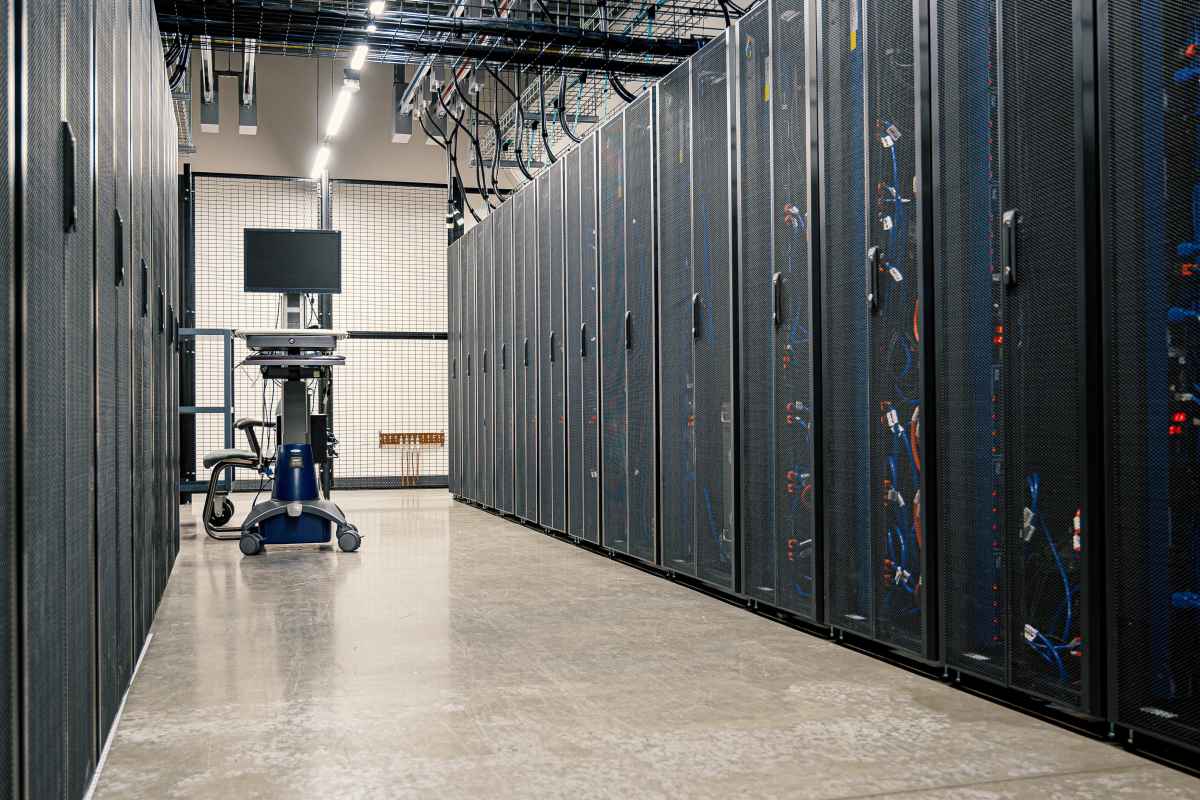Microsoft contributed $25 million to the Natick project back in 2020. The objective was to preserve energy while providing coastal communities with lightning-fast cloud services. Microsoft tested its solutions by submerging data centers close to coastal cities in order to accomplish this goal. Data would have to travel a shorter distance in this case, making web browsing, streaming videos, and online gaming faster and more fluid. It’s a clever plan considering that more than half of the world’s population lives within 120 miles of the shore.
Additional Information About an Underwater Data Center
In 2014, during ThinkWeek at Microsoft, the idea was originally put forth in a meeting where staff members could exchange unusual ideas. The key concept was controlling the temperature of the underwater data center by using constantly cool sea surfaces. Microsoft also used heat-exchange pipes in the data center to create energy-efficient designs. Additionally, the business evaluated and kept track of the data center servers’ dependability and performance underwater. The fact that these undersea data centers cannot receive routine maintenance is their only drawback. They also receive free cooling from the ocean and don’t need pricey real estate, either. The failure rate of the servers on project Natick was also one-eighth that of a conventional server in a human-serviced data center. Microsoft believes that the sealed inert nitrogen that was placed in the data center prior to its deployment played a role in this. Traditional data centers have high humidity requirements and are oxygen-filled for human operators, which can lead to component chemical deterioration. Low failure rates can also result from the same human technicians making fewer errors. Microsoft will build a second undersea data center for the project in the North Sea. There may potentially come a moment in a few years when the majority of data centers adopt a similar operational model. In the comments below, please share your thoughts on the undersea data centers.
